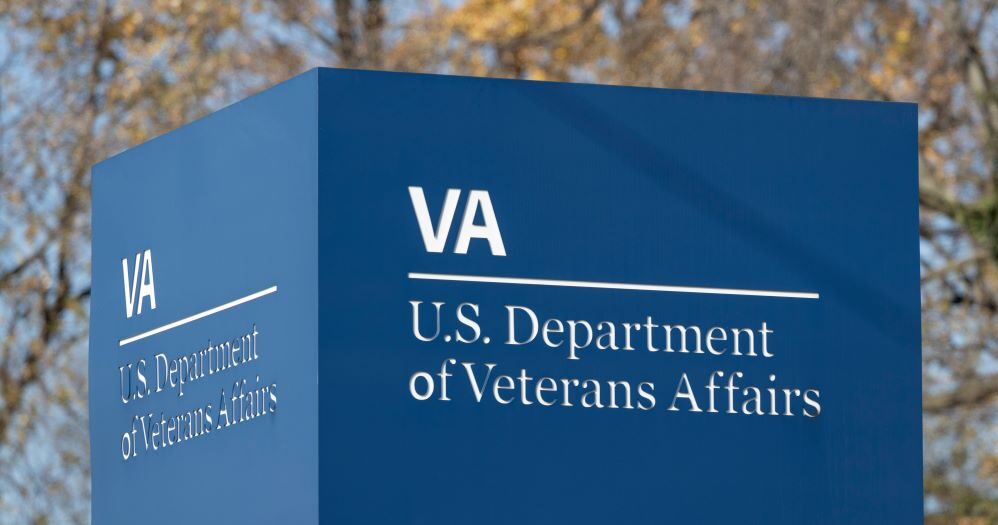Staffing Shortages at VA Health Systems on the Rise, Watchdog Report Finds
A recent report from the Office of Inspector General (OIG) has raised significant concerns regarding the escalating staffing shortages at the Department of Veterans Affairs (VA). Released on Tuesday, the report highlights that Veterans Health Administration (VHA) facilities have reported 4,434 staffing shortages in the current fiscal year, representing a staggering 50% increase from the previous year.
The findings reveal that nearly all surveyed facilities — approximately 94% — reported critical shortages of medical officers. In addition, 79% of the facilities noted severe nursing shortages. The report is based on a series of questionnaires sent to 139 VHA facilities, comparing responses from 2025 to data collected between 2018 and 2024.
Overview of the Report’s Findings
The 2025 questionnaires were disseminated via email on March 26, with a completion deadline of April 9. The report indicates that the OIG has tracked staffing shortages at VA facilities annually for over a decade, marking this as the eighth report that has identified severe staffing deficiencies at the facility level.
It’s important to note that the OIG did not independently verify the accuracy or completeness of the VHA data. The report also states that the timing of the questionnaire prevented it from capturing the potential effects of the Office of Personnel Management’s Deferred Resignation Program and the VA’s workforce reshaping efforts, both of which are anticipated to exacerbate staffing levels.
| Profession | Percentage of Facilities Reporting Severe Shortages |
|---|---|
| Medical Officers | 94% |
| Nurses | 79% |
| Psychologists | 57% |
| Police Officers | 58% |
Reactions and Implications
In response to the report, Pete Kasperowicz, the press secretary for the U.S. Department of Veterans Affairs, commented that the findings are “not based on actual VA health care facility vacancies” and described them as unreliable indicators of staffing shortages. He stated, “The report simply lists occupations facilities feel are difficult for which to recruit and retain, so the results are completely subjective, not standardized and unreliable.” According to Kasperowicz, the current department-wide vacancy rates stand at 14% for doctors and 10% for nurses, which are lower than many other health care systems.
Critics have pointed to the findings as a clear indictment of the previous administration’s policies. Senator Mark Warner, a Democrat from Virginia, stated, “Under this administration, we’ve seen policy after policy that makes it harder for public servants to do their jobs and ultimately harder for veterans to get the care they’ve earned.” He added, “How do skyrocketing staffing shortages and declining applicant pools make it more ‘efficient’ for veterans to access the care and services they deserve? The answer is: they don’t.”
As the report highlights, at least 20% of the surveyed VHA facilities reported severe staffing shortages for over 40 different occupations, marking the highest level of job shortages recorded since 2018. The growing concern around these staffing deficits underscores the challenges faced by the VA in ensuring quality healthcare for veterans in need.

